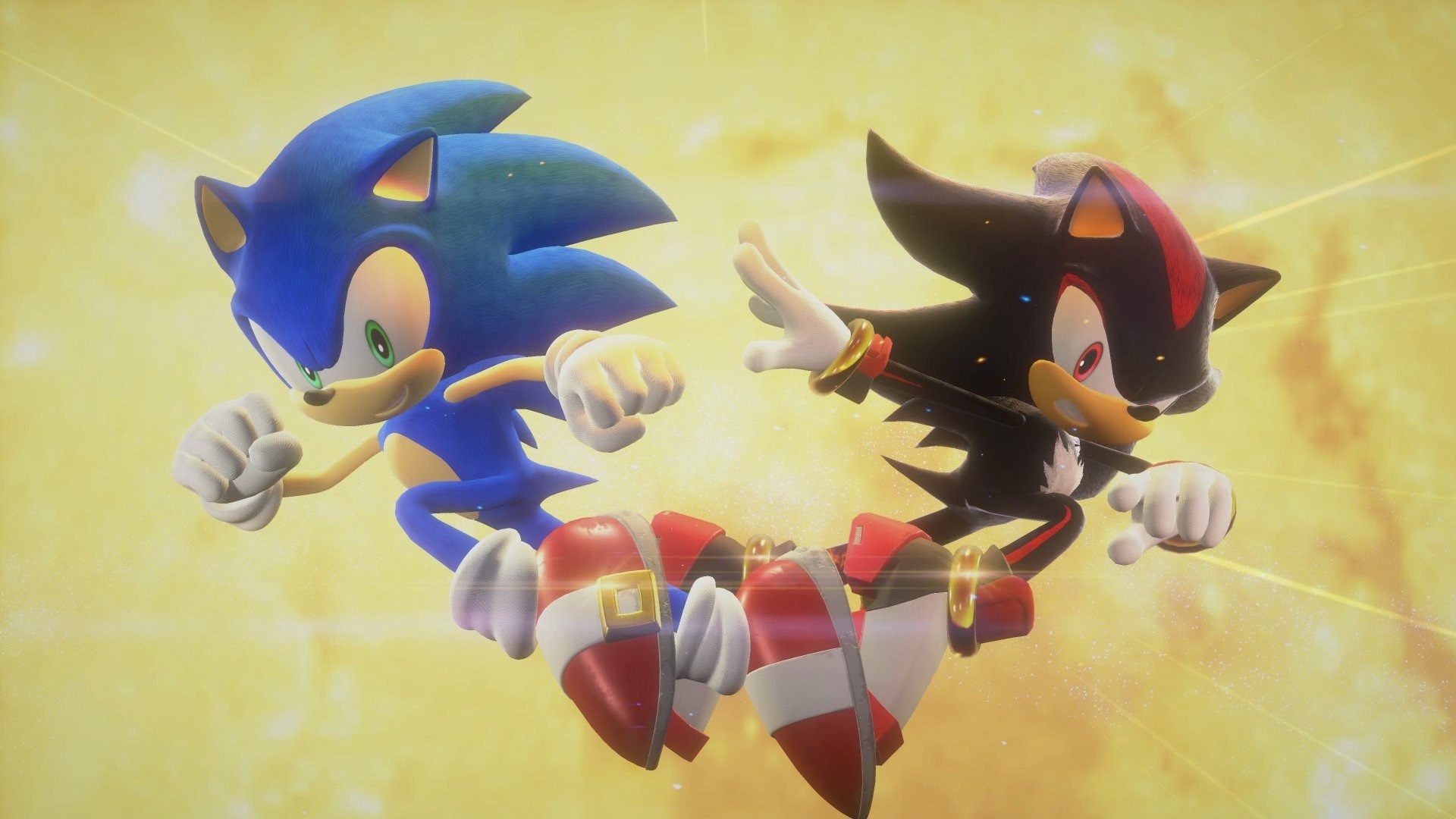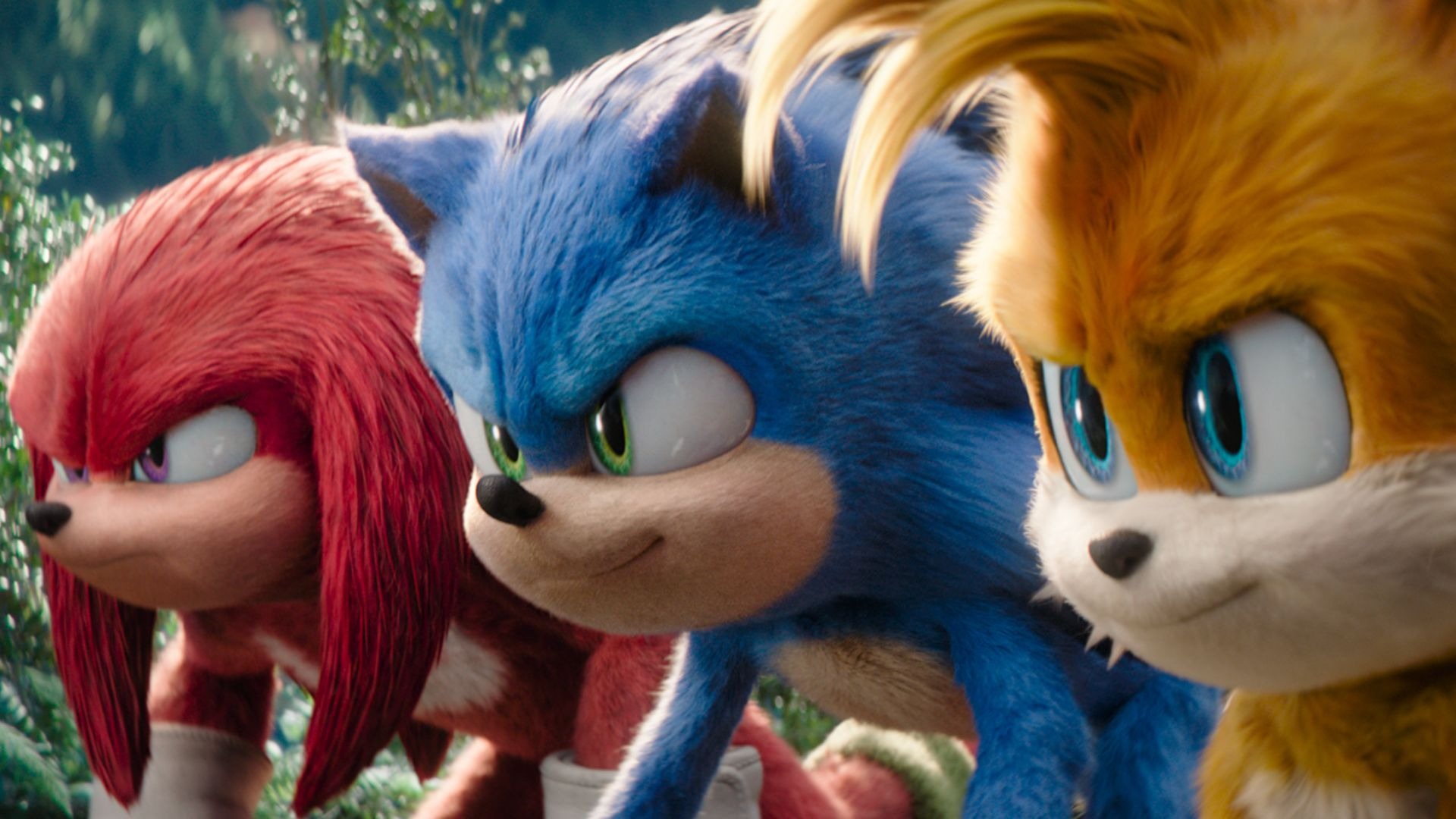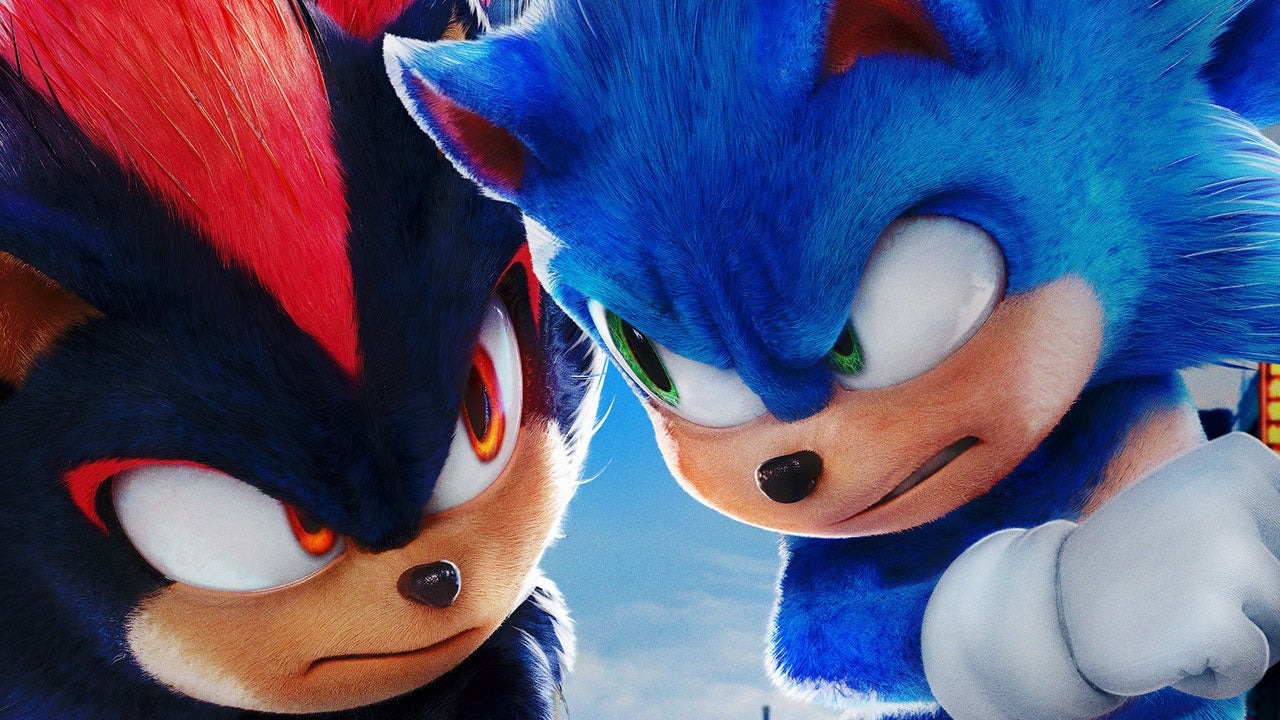Sonic 3 delivers a packed and emotionally intense ending that marks a clear turning point in the franchise’s direction. As the credits approach, longtime viewers are introduced to a character whose arrival has long been expected: Shadow the Hedgehog.
His appearance isn’t just another dramatic scene; it speaks to deeper changes in tone, character motivation and future stakes. Director Jeff Fowler gave insight into how Shadow’s presence is meant to challenge everything Sonic and his allies stand for.
Rather than simply functioning as a rival, Shadow brings a darker, more driven energy that builds tension within the familiar dynamics already established in previous films.
Sonic has always represented hope, freedom and a touch of rebellion. Introducing Shadow into this world sets the stage for a deeper clash that is not only physical but also philosophical. Where Sonic runs free and trusts his instincts, Shadow is precise, calculated and driven by a strong past.

Jeff Fowler’s direction makes it clear that Shadow’s inclusion at the end of the film is not just a teaser for the next entry but a statement about how future stories will develop.
Sonic’s world, which had mostly focused on light-hearted heroics, now faces something heavier. With Shadow’s eyes opening in the final scene, audiences are left with questions about his purpose, his memories, and whether he will be friend or enemy.
The Final Act and Shadow’s Arrival
As the final scenes of Sonic 3 build toward a climax, Dr. Robotnik’s plans spiral out of control. Although Sonic and his allies manage to push back the threat, a secret government program quietly uncovers something hidden from public view for decades. That secret turns out to be Project Shadow.
In a sealed chamber, Shadow the Hedgehog is shown awakening, his red eyes glowing with intensity. The atmosphere changes instantly, signalling a very different kind of presence. This isn’t a playful rival like Knuckles. Shadow arrives with weight, emotion and purpose.
Jeff Fowler crafted the final act to serve more than action. It provides setup for a change in story direction, pushing Sonic into new emotional ground. The introduction of Shadow doesn’t require loud exposition.
Instead, the silence surrounding his awakening speaks volumes. It feels like a memory returning after years of being locked away. The tone of the film changes once Shadow opens his eyes. It is no longer just about stopping villains and collecting rings. This is about legacy, identity and unfinished business.
Jeff Fowler’s Vision for Shadow’s Story
According to Jeff Fowler, Shadow’s entrance was always part of a larger vision for the Sonic film universe. He described Shadow not as a simple villain, but as someone whose motivations are shaped by a past full of loss and sacrifice.
He explained that Shadow’s creation was tied to scientific experimentation and a personal promise, which now comes to the surface. Shadow’s design, posture and silence are meant to carry that emotional weight. Rather than explaining everything immediately, Fowler prefers that the audience feel the tension first.
The director emphasized that Shadow’s arc won’t be just about fighting Sonic. It will centre on purpose, loyalty, and whether revenge can ever lead to peace. Unlike previous characters who came into Sonic’s life to help or joke around, Shadow is serious, grounded, and broken in a quiet way. Fowler hinted that Shadow would force Sonic to confront ideas he had never thought through before. Trust, grief, and duty will all come into focus.
A Character Defined by Memory and Loss
Shadow the Hedgehog’s story is shaped by events that happened long before Sonic’s first adventure. Jeff Fowler’s direction hints at a tragic past involving a girl named Maria and a scientific team that created him to serve a purpose that was never fully explained.
That pain and confusion still sit with him. As Shadow opens his eyes in the closing moments of Sonic 3, viewers are not watching the birth of a villain but the reawakening of someone who had been waiting far too long.
His pain is quiet but deep. Unlike Dr. Robotnik, who announces his plans loudly, Shadow speaks through his silence. Jeff Fowler uses stillness to define Shadow’s emotions, choosing not to rush his introduction.
This choice allows the audience to reflect on the weight that Shadow carries without forcing explanations. As Sonic looks ahead to whatever comes next, Shadow is already looking behind at a past that never let him go.
Sonic Versus Shadow: What This Could Mean
Sonic and Shadow represent opposite energies. Sonic is wild and expressive, while Shadow is cold and careful. This tension is what makes their upcoming clash so meaningful. Jeff Fowler suggested that the next chapter will not only focus on their fights but also on how they affect each other.
Sonic has always found strength in his friendships, but Shadow walks alone. This difference in mindset creates emotional space for growth, conflict and hard choices.
Shadow is not evil by default. He was created for something he barely remembers, and his confusion becomes the root of his strength and weakness. Sonic, who always knew who he was and why he fights, now meets someone who lost both.
This dynamic promises a more emotional kind of storytelling. Jeff Fowler expressed that future scenes between Sonic and Shadow will carry the kind of tension that doesn’t need words to feel real.
The Tone of Sonic’s World Has Changed
Until now, Sonic’s journey has been filled with laughter, jokes and high-speed excitement. With Shadow’s arrival, the direction begins to change toward deeper emotions and unresolved wounds.
Jeff Fowler deliberately used lighting, pacing and silence to change the mood in the final part of the film. This is no longer about heroes having fun. It’s about decisions made in the past and how they affect what comes next.
The Sonic universe, at least in this version, is now reaching into questions that affect identity, memory and justice. Shadow brings those elements forward with his very presence.
The film ends not with a loud battle or celebration, but with quiet tension that lingers after the credits. Jeff Fowler created that moment to ask a question without using words: what happens when someone like Sonic meets someone who has nothing to lose?
Hints About Project Shadow and Future Possibilities
Project Shadow is only mentioned briefly in Sonic 3, but its importance cannot be ignored. This secret government operation speaks to experiments done in the past, locked away and forgotten.

Shadow was the result of this program, and his return suggests that other forgotten truths might come up soon. Jeff Fowler used this ending to point towards a larger world where Sonic is not the only powerful being.
Shadow’s connection to Project Shadow also raises questions about who else knows the truth. Will the government try to use him again? Will Sonic try to help him remember? These threads were left open on purpose.
Jeff Fowler shared that giving Shadow space to breathe without rushing his introduction would make future films stronger. Rather than using flashbacks or long dialogue, the team behind Sonic 3 decided to let his presence speak first, and his story plays slowly later.
Why Shadow Matters More Than Just Another Rival
Shadow is more than an enemy that Sonic needs to fight. He is a reflection of what Sonic could become if hope is lost. Jeff Fowler chose to bring Shadow in at the end of this story because his presence changes the stakes. Instead of fighting to win, Sonic may now have to fight to understand. That difference could define the tone of future films.
Shadow challenges Sonic’s way of seeing the world. He makes Sonic ask questions about pain, loyalty and freedom. These are not ideas that can be solved with speed or laughter. They require time, mistakes and learning. This is the direction Jeff Fowler wants to take the franchise. Shadow isn’t here to destroy Sonic. He is here to push him to grow.
Sonic 3 is available for online streaming on platforms such as Paramount+ and Apple TV. It may also be rented or purchased through Amazon Prime Video, Google TV and Vudu. Whether you want to revisit Shadow’s first appearance or catch up before the next part of the series arrives, it is accessible through major digital stores and streaming services.
(Updated: Jun 20, 2025)



